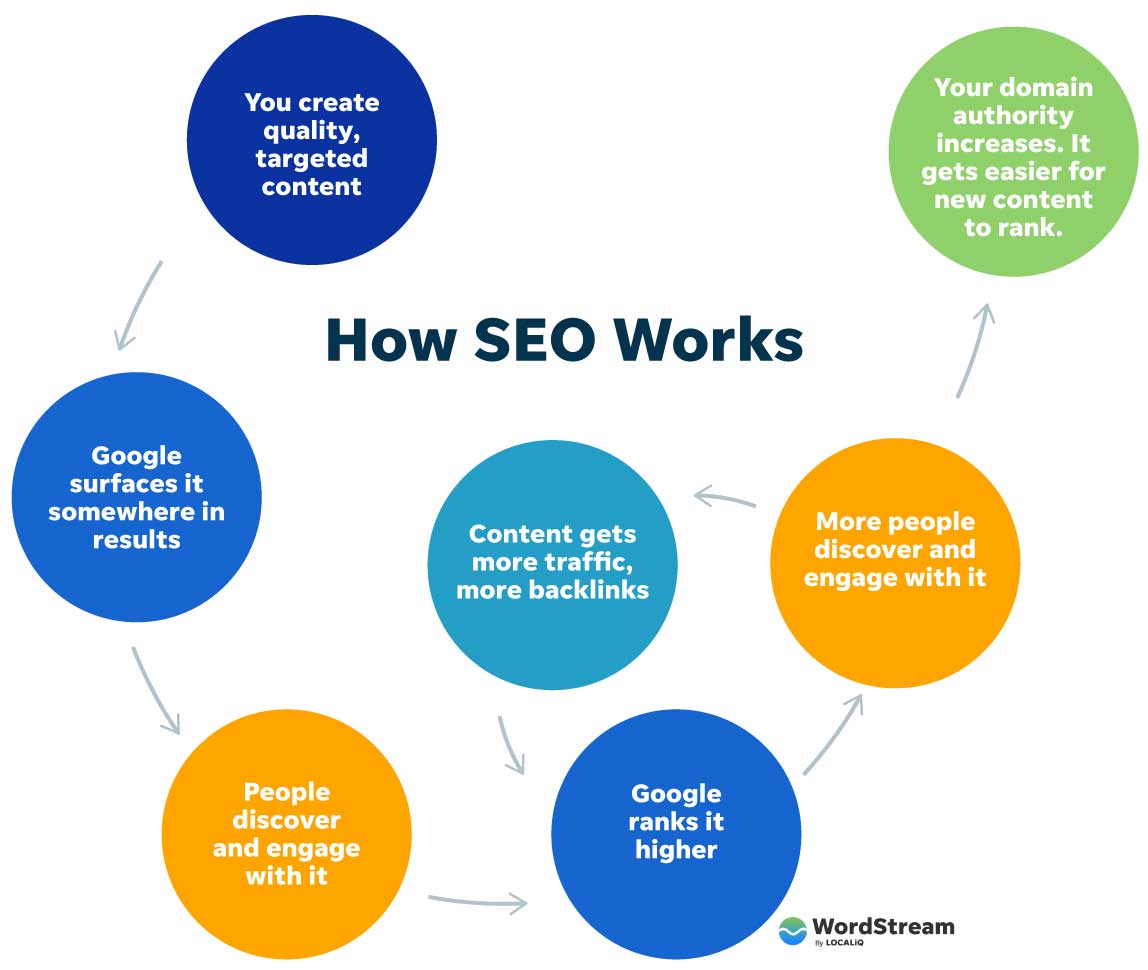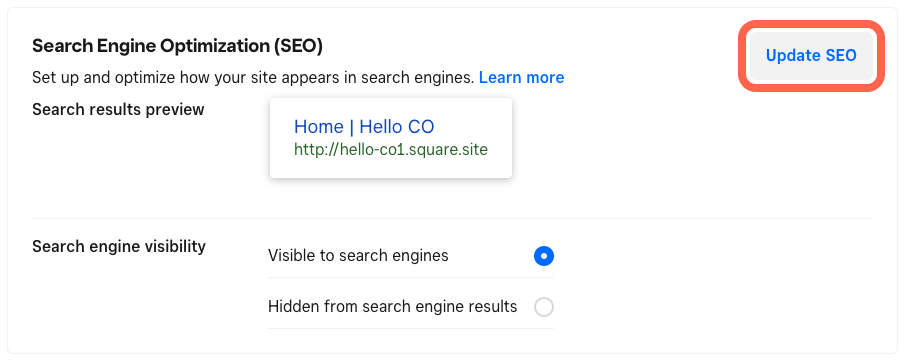Revealing the Unconventional Mediums in Google Analytics Beyond Default Setups
In the realm of electronic analytics, Google Analytics stands as a foundation for services seeking to understand their online visibility. By venturing beyond the surface area and delving right into the details of social media information, email campaign performance, referral traffic sources, straight web traffic patterns, and personalized channel collections, a prize chest of info waits for those eager to accept a much more nuanced technique.

Leveraging Social Media Insights
Sometimes forgotten, yet immensely valuable, is the practice of leveraging social media insights within the world of Google Analytics. By incorporating data from platforms like Facebook, Twitter, Instagram, and LinkedIn into Google Analytics, businesses can get a deeper understanding of their audience and the efficiency of their social networks campaigns.
With this assimilation, marketing experts can assess and track individual behavior on their website that stems from social networks platforms. They can recognize which social networks networks are driving one of the most traffic, which material is resonating with the audience, and which projects are transforming one of the most leads. This insight permits data-driven decisions to maximize social networks approaches and improve general marketing efficiency.
Additionally, by integrating social media sites insights with Google Analytics, services can develop a lot more targeted and customized campaigns - what is not considered a default medium in google analytics. They can use demographic information, rate of interests, and on-line actions collected from social networks to improve their audience segmentation and supply customized messages that reverberate with specific client groups. This targeted method can lead to greater engagement, increased conversions, and ultimately, enhanced return on investment
Uncovering Email Project Efficiency
Discovering Email Project Efficiency involves assessing essential metrics and performance indications to examine the effectiveness of e-mail marketing initiatives. When diving into e-mail project efficiency, it is important to assess metrics such as open prices, click-through prices, conversion rates, and unsubscribe prices. Open prices show the percentage of recipients that opened the e-mail, giving insight right into the efficiency of subject lines and sender names. Click-through rates gauge the portion of receivers that clicked on links within the e-mail, showing involvement levels. Conversion prices track the percent of recipients that finished a preferred activity after clicking a web link in the e-mail, such as authorizing or making a purchase up for an e-newsletter. Lastly, unsubscribe prices highlight the number of recipients who decided out of getting more e-mails, clarifying email content top quality and relevance. By analyzing these metrics, marketers can adjust their email campaigns for much better interaction and performance.
Studying Referral Traffic Resources
After examining the performance of email campaigns via key metrics such as open prices and conversion rates, the following critical action is evaluating recommendation website traffic resources in Google Analytics to understand where web site visitors are coming from and how they engage with the website. Reference website traffic sources refer to the internet sites that route users to your site through clickable web links. By diving into this data, companies can obtain understandings right into which exterior systems are driving web traffic to their site, whether it be social media platforms, partner web sites, or online directories.
Analyzing recommendation website traffic can provide valuable info on the performance of outside advertising initiatives and collaborations. It aids businesses identify high-performing referral resources that add substantially to site traffic and conversions. By understanding the behavior his explanation of site visitors coming from various referral sources, organizations can customize their marketing strategies to enhance engagement and conversions. Google Analytics supplies thorough records on recommendation web traffic, enabling organizations to track the performance of each reference resource precisely and make data-driven choices to enhance their on-line existence.
Checking Out Straight Website Traffic Patterns
Checking out the direct website traffic patterns in Google Analytics supplies valuable understandings right into individual behavior and the effectiveness of campaigns - what is not considered a default medium in google analytics. Direct website traffic refers to visitors who come down on a website by straight inputting the link into their browser, making use of book markings, or clicking untagged links. Understanding direct traffic patterns can aid marketing experts review the impact of offline advertising initiatives, brand acknowledgment, and the efficiency of word-of-mouth recommendations
By delving right into straight web traffic data, companies can reveal critical info about customer intent and brand commitment. Assessing the behavior of direct visitors, use this link such as the pages they check out, the moment invested in website, and the conversion price, can supply a deeper understanding of customer interaction and the general effectiveness of the website in transforming site visitors into customers.
Furthermore, tracking direct traffic patterns over time permits businesses to recognize trends, seasonality impacts, and the success of particular campaigns or promos in driving straight gos to. This details can after that be utilized to fine-tune advertising and marketing strategies, optimize site content, and improve the general individual experience to make the most of conversions.
Using Personalized Network Groupings
Using personalized channel groupings in Google Analytics permits services to categorize and analyze their internet site traffic based on details requirements, offering important insights for optimizing advertising approaches. Custom-made channel groupings enable firms to develop their own customized collections of traffic resources, such as social media, organic search, e-mail projects, and recommendation traffic. By defining these groupings, companies can obtain a much deeper understanding of just how different advertising and marketing channels contribute to their site traffic and conversions.
This attribute is specifically valuable for companies with diverse marketing strategies across numerous platforms. As an example, a firm running both paid and organic social networks projects can distinguish between the two to assess their specific performance precisely. In addition, customized network groupings can assist determine any kind of neglected or undervalued website traffic sources that might be driving useful interaction.
Verdict

By venturing beyond the surface and delving right into the complexities of social media information, e-mail campaign performance, referral traffic resources, direct web traffic patterns, and customized network collections, a treasure trove of info waits for those willing to welcome an extra nuanced approach. They can identify which social media channels are driving the most traffic, which content is resonating with the audience, and which campaigns are transforming the most leads.After evaluating the efficiency of e-mail campaigns via key metrics such as open rates and conversion rates, the next essential action is analyzing referral web traffic resources in Google Analytics to comprehend where internet site visitors are coming from and how they interact with the site. Customized network groups enable firms to produce their own personalized collections of website traffic resources, such as social media, natural search, email projects, and referral web traffic. By leveraging social media understandings, discovering e-mail project performance, assessing recommendation web traffic sources, checking out straight website traffic patterns, and utilizing personalized network groups, marketing experts can gain valuable insights right into their on the internet existence.